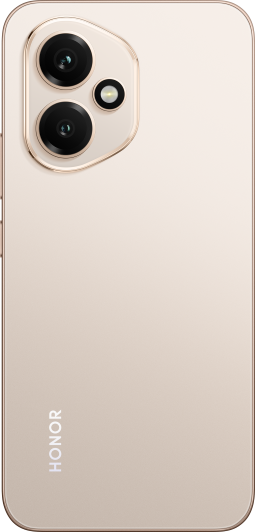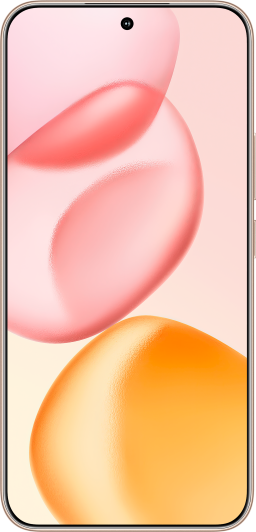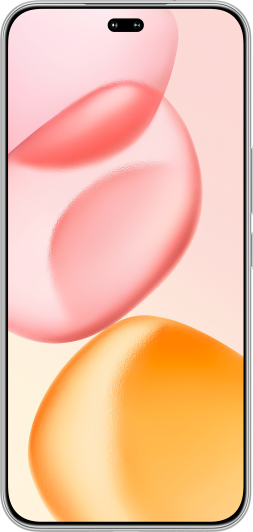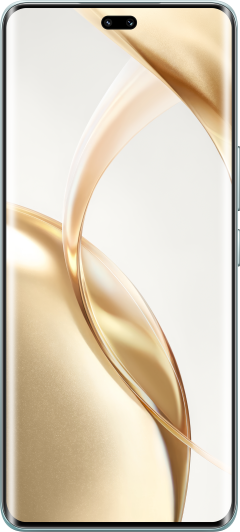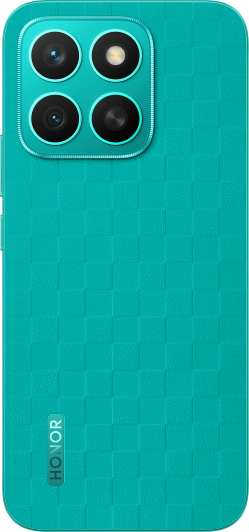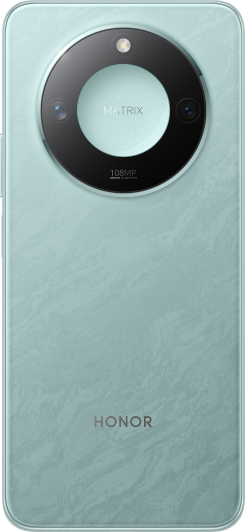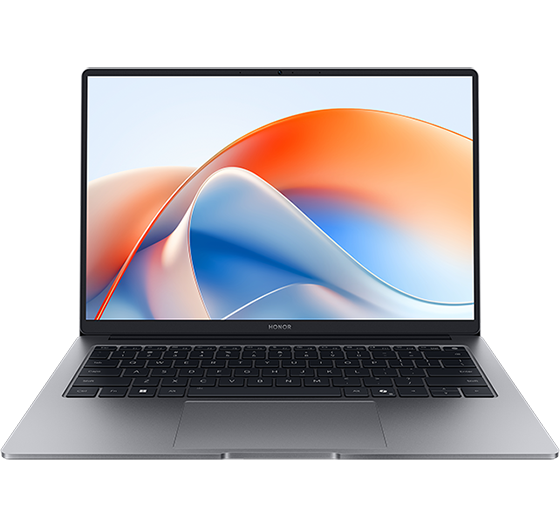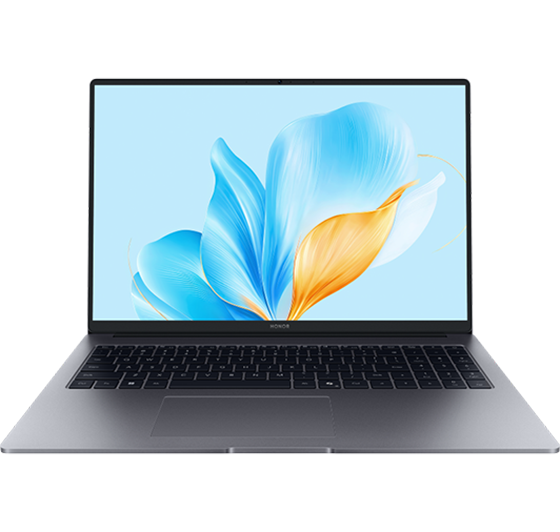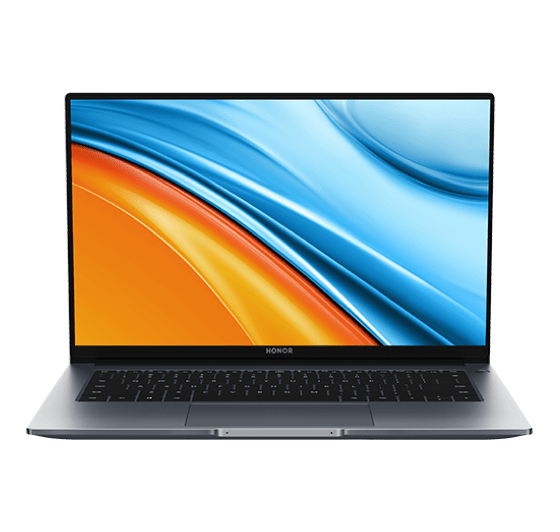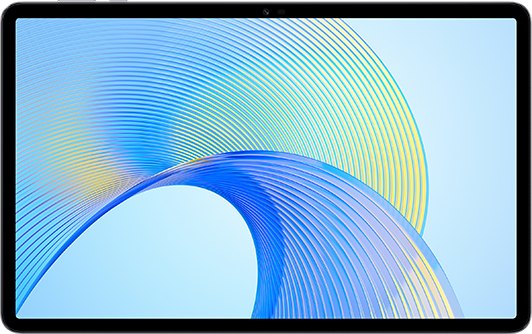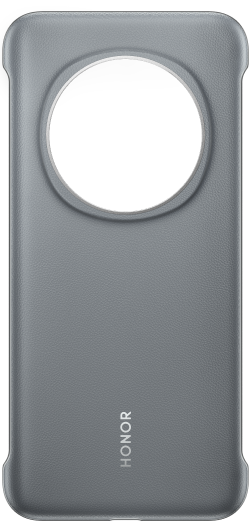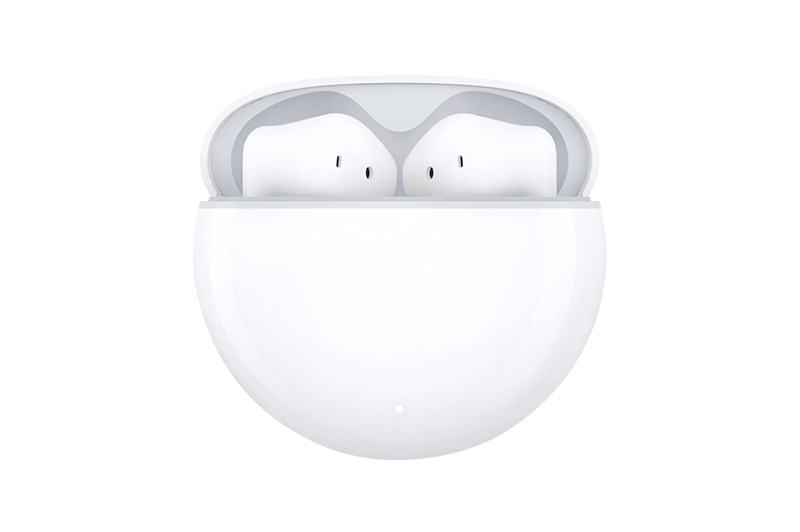TOP

我的荣耀 开启荣耀之旅
By clicking AGREE, you indicate that you accept the HONOR PLATFORM TERMS OF USE.
Keep up to date with Honor products, services and discounts via email.
For further details about withdrawing your consent, please see HONOR Platform Privacy Statement.

Honor Play review

Expert's Rating

Price when reviewed
To be confirmed
Honor Play review
The Honor Play is Honor’s latest foray into the UK phone market, and the first in a planned line of devices under the ‘Play’ branding. As you might be able to guess from the name, the target market is gamers looking for something a little more affordable than its competitors’ products.
Honor has a great track record for producing top spec phones at accessible price points - without compromising on design or build quality along the way - and after a couple of weeks of playing with it, the Honor Play looks to be another strong example. Here’s our review.
Honor Play: Price and availability
The Honor Play is astonishingly well priced at just £279, with a European price of €329, and it went on sale immediately after the launch, so you can buy it right now from Honor's online store.
That's a lot less than the £399 Honor 10, which boasts fairly similar specs, and makes this one of the absolute best priced mid-range phones on the market.
No word yet on a US release for the phone - not every Honor model makes it across the pond, so we wouldn’t be surprised if the Play doesn’t get a US release at all.

Honor Play: Design and build
The first thing to note about the Play is that it’s big - but not in a bad way. With a 6.3in screen, and thanks to the notched design and 89 percent screen-to-body ratio, it doesn’t feel uncomfortably large in the hand.
There’s a bit of a chin at the bottom of the device - just enough space to cram in the Honor logo, though there’s no home button - but otherwise bezels are kept to a minimum. The notch is one of the larger ones around, wider than on the Honor 10, but similar to plenty of other devices out there.
In contrast to the Honor 10, the Play has dropped the glass back in favour of a matt metal body. That hopefully makes the phone a bit sturdier, but also offers better grip when you’re grabbing the phone for landscape gaming - the sort of function over form decision that is meant in part to distinguish the Play from Honor’s flagship line.
The rear of the phone also includes the dual camera lenses tucked into the corner, the fingerprint scanner, and a bit more Honor branding, though it’s subtle enough to not mind too much.

It all adds together to a phone that feels light and comfortable to hold, despite the large screen, and the matt finish strikes a nice balance between aesthetics and practicality. It’s not a design that’s going to wow anyone in the same way as Honor’s colour-shifting glass flagships, but it’s no slouch either.
In the UK, the phone will be available in your choice of either Midnight Black (pictured) or Navy Blue, along with two limited ‘Player Edition’ versions in black and red, available exclusively from the online Honor store in partnership with Audi. Outside of the UK there’s also an Ultra Violet model, but we’re not getting that one sadly.
Honor also includes a silicon case in the box in case you’re accident prone, though it’s worth noting that there’s no waterproofing, and also no wireless charging - two of the big features Honor tends to cut to keep prices down.
Honor Play: Specs and features
So the Honor Play boasts a respectable blend of the practical and the pretty, but how does it actually run, and what does it offers gamers that other phones don’t?

Screen
First up, let’s look at the screen. The 6.3in, 19.5:9 display is big, bright, and beautiful, with vivid colours and crisp detail, along with really impressive viewing angles.
A peak brightness of 387cd/m2 isn’t up there with the very brightest screens we’ve tested, but it’s very respectable. If we had a complaint, it’s that the automatic brightness settings tended to run a bit dimmer than we wanted, leaving us manually increasing the brightness more often than on other phones.
One thing that’s worth noting is that unlike other phones marketed specifically gaming, the Honor Play doesn’t boast a higher response rate than normal. Some other phones offer a 120Hz or 90Hz response rate, as a key gaming feature - and the Play just can’t compete on that level.
Similarly, the resolution caps out at Full HD+ rather than the Quad HD. So the Honor Play is never going to the top gaming phone when it comes to its display, but given that the price is well below, that might be a wise bit of cost-cutting on Honor’s part.

As you can tell, it’s got a notch, and no doubt you already have your own firm opinions on the matter. For what it’s worth, it’s optional, in the sense that you can obscure the screen on either side on a software level if you find the notch too much of an eye sore.
Otherwise, it mostly works well, with notification icons filling in on either side. Honor’s EMUI Android overlay also smartly reduces the size of those icons to help fit more in, so you should still be able to see most of the important ones at a glance.
Processor, memory and storage
Honor has always done an impressive job of fitting flagship specs into its phones, and the Honor Play is no exception, powered by the Kirin 970 - the same chip as the Honor 10. That’s backed up by 4GB of RAM and a slightly low 64GB of storage - though that is at least expandable by MicroSD.
As you might expect from those specs, performance is a breeze. In fact beats its frame rate on the more challenging graphics tests - a sign perhaps that skipping the Quad HD and high refresh rate display may help the Play perform better in gameplay.
Actual in-game performance could be even better than those benchmarks suggest thanks to GPU Turbo, a software update rolling out across recent Honor devices, but which comes pre-installed on the Play.
Designed to optimise gaming performance and frame rendering, the company claims it boosts graphics processing efficiency by 60 percent, while simultaneously reducing power consumption by 30 percent. The boost should kick in on any game, but will be most noticeable on games from Honor’s partner developers, currently including PUBG and Asphalt 9.
With that in mind, those are the games we chose to put it through its paces, with respectable results. Asphalt 9 ran as smooth as anything, with no frame rate drops at all, and looked fantastic on the Play's expansive screen. PUBG is a little more challenging for any phone - the Play defaulted to 'High' settings - but fell short of 'Ultra' according to the automated system, and while it ran smoothly the phone did get pretty hot by the end of the round (though I got a Chicken Dinner, so I was playing a fair while, just saying).
Connectivity and audio
The Play packs Bluetooth 4.2 - rather than the more recent 5.0 - but aptX HD support means that audio quality is strong over wireless headphones. Even better, there’s a headphone jack along the bottom of the phone, though there aren’t any headphones included with the phone.
Charging is by USB-C, and the phone is dual-SIM, with granular software controls to allow you flexibility over which SIM handles which functions - calls on one and data on the other, for example.

There’s a fingerprint sensor on the rear, which has proved quick and reliable, while you can also use the simple facial recognition to unlock the phone if you don’t mind slightly reduced security.
The big disappointment here is the omission of NFC, which means there’s no option to use Google Pay, which feels like an oversight at a time when even fairly budget phones are now seeing NFC included.
Cameras
The cameras are one area where Honor has slightly cut corners, clearly reflecting the Play’s specific priorities, with specs that don’t match up to the company’s other devices.
There are dual rear cameras, and while the main lens is a decent enough 16Mp with f/2.2 aperture, the second lens is a much less remarkable 2Mp with f/2.4 aperture - enough to help provide a bokeh effect in portrait mode, but not much else.
Photos are good but never great, with vibrant colour reproduction that’s helped by the integrated AI features - this is 2018, after all - including scene recognition that automatically applies post-production to your photos to boost colour and detail.









It’s a trick that actually works very well for the most part, producing social media-ready photos as long as it can recognise what you’re looking at - along with the option to have the phone’s gallery sort photos by those scenes.
The giveaway of how much of the work here is being done on the software side comes if you switch on HDR, which actually produces photos with a lower dynamic range than that produced by the AI mode - the software is clearly working hard to overcome the limitations of the lenses.
You can see the AI hit its limits in low-light photos though, which produce surprisingly bright colours, but with a graininess and lack of detail throughout that gives away just how much of the result is down to AI post-processing.

The 16Mp f/2.0 front-facing camera is similarly fine, but not remarkable, and offers a very overblown (and purely software-driven) bokeh option, along with portrait lighting, beautification, and AR options - all of which are available on the rear camera too.
You can shoot video in 1080p at 60fps or at 4K with a frame rate drop to 30fps. Results are solid - though you miss out on some of the AI beautification of the photos - and there’s an option for image stabilisation, though only at 1080p 30fps or below.
Battery life
Battery life is one of the few slight disappointments in the Honor Play. The 3,750mAh battery is slightly larger than the Honor 10 - mostly to make up for that larger screen - but battery life is similar, lasting just over a day in most of our usage.
In the Geekbench 4 battery test with the phone brightness set to 120cd/m2 the Play lasted just 4 hours and 21 minutes - slightly better than the Honor 10’s 3 hours and 54 minutes, but still among the lowest scores we’ve recorded this year, with plenty of similarly priced phones managing 6 or 7 hours.

HONOR PLAY: SOFTWARE AND APPS
The Honor Play joins the rest of the Honor family in running EMUI, the company’s Android skin, which skews a little bit closer to iOS than stock Android in some of its design choices, including defaulting to a grid of home screen icons (though the classic Android app drawer is still an option).
EMUI is one of the less objectionable Android skins out there really - and if you’re used to iOS you may even find you prefer it to the stock experience - so unless you’re really fussy there’s not too much to complain about here.
It is worth noting though that by default it includes Honor’s own suite of core apps, rather than Google’s, and also pre-installs a few games and apps that you may want to go clear out first thing. Everything except a handful of Honor’s own apps can be uninstalled thankfully.
SPECS
Honor Play: Specs
- Android 8.1 Oreo with EMUI 8.2
- 6.3in Full-HD+ (2340x1080) 19.5:9 IPS display
- Kirin 970 processor ((4x2.4 GHz Cortex-A73 & 4x1.8 GHz Cortex-A53)
- 4GB RAM
- 64GB storage
- microSD card slot (up to 256GB)
- 4G LTE
- Dual-SIM (uses SD slot)
- Dual-band 802.11ac Wi-Fi
- Bluetooth 4.2 with aptX HD
- Fingerprint sensor (rear)
- GPS
- Dual-camera: 16MP (f/2.2) + 2MP (f/2.4) rear camera
- 16MP (f/2.0) selfie camera
- 4K @ 30fps video
- USB-C
- 3750mAh battery
- 157.9x74.3x7.5mm
- 176g
SHOULD I BUY HONOR PLAY?
At £279, it's very easy to recommend the Honor Play. It offers top notch performance at a far lower price, which might make it the ideal phone for gamers on a budget.
Even if you're not a gamer, this is one of the best value phones on the market, offering flagship performance at a fraction of the price, so long as you don't mind missing out on the best photography features.
Source: TECH ADVISOR
https://www.techadvisor.co.uk/review/smartphones/honor-play-3682766/
Latest News
Copyright © Honor Device Co., Ltd. 2020-2025. All rights reserved.
![]() 粤公网安备44030002002883号 粤ICP备20047157号
粤公网安备44030002002883号 粤ICP备20047157号
We use cookies and similar technologies to make our website work efficiently, as well as to analyze our website traffic and for advertising purposes.
By clicking on "Accept all cookies" you allow the storage of cookies on your device. For more information, take a look at our Cookie Policy.
Functional cookies are used to improve functionality and personalization, such as when playing videos or during live chats.
Analytical cookies provide information on how this site is used. This improves the user experience. The data collected is aggregated and made anonymous.
Advertising cookies provide information about user interactions with HONOR content. This helps us better understand the effectiveness of the content of our emails and our website.

